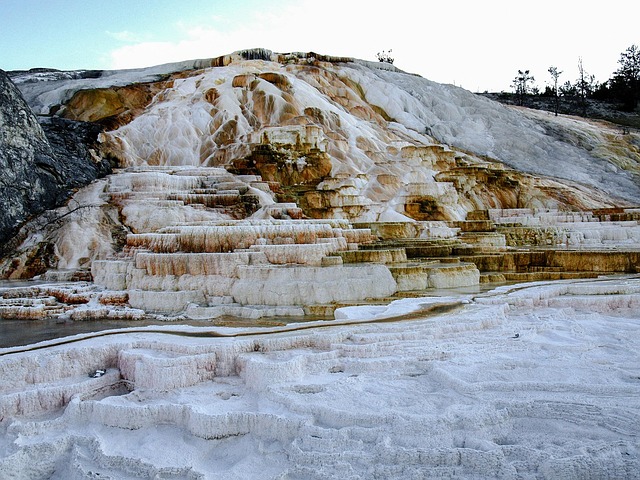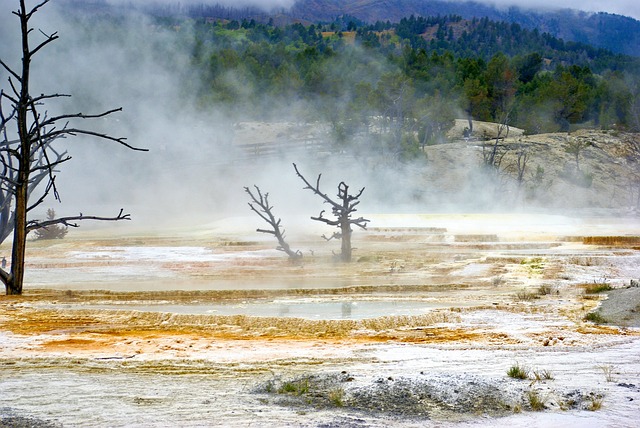Historical records in real estate reveal ancient copper mining techniques, passed down through generations, showcasing sustainable practices from manual tools to water-powered machinery. This historical tapestry enriches our understanding of eco-friendly methods and underscores the importance of preserving cultural heritage for modern industries. Copper's enduring legacy is evident in infrastructure development, property durability, and local economies. Recently, there's been a sustainable revival of copper production in real estate, with architects integrating it into modern designs due to its versatility, energy efficiency, and environmental benefits, aligning with global sustainability efforts.
Uncover the ancient roots of copper production and its enduring legacy in real estate history. From preserving mining techniques through the ages to examining the environmental and social impacts on local communities, this article delves into the rich tapestry of copper’s past. We explore how modern revivals are embracing sustainable practices, bringing copper back to forefront of real estate development. Discover the game-changing potential of this timeless resource in shaping today’s eco-conscious landscape.
Uncovering Ancient Copper Mining Techniques Preserved in Real Estate History

In the realm of real estate, history often leaves behind intriguing clues about past industries and practices. One such example is the preservation of ancient copper mining techniques within the architectural and land records of certain regions. By delving into historical documents and local folklore, researchers can uncover the methods used by early communities to extract this valuable metal. These techniques, passed down through generations, are a testament to the resilience and ingenuity of humanity in harnessing natural resources.
Ancient copper mines, often nestled in remote areas, reveal intricate labyrinthine tunnels carved into the earth. The remnants of these mining sites, preserved in real estate history, offer a glimpse into sustainable practices that have stood the test of time. From manual methods involving pickaxes and shovels to more advanced water-powered machinery, each era’s contributions are documented within the historical fabric of properties across various landscapes. This living legacy provides valuable insights for modern industries seeking eco-friendly alternatives and underscores the importance of preserving our cultural and environmental heritage.
The Lasting Impact of Copper Production on Local Communities and Land Use

Copper production, with its deep historical roots, has left an indelible mark on local communities and landscapes. The mining and smelting processes have shaped not just the physical terrain but also the socio-economic fabric of many regions over centuries. Today, these historic copper-producing areas offer a unique blend of cultural heritage and natural resources that significantly influence local real estate markets.
The legacy of copper production is evident in the abundant use of this metal in infrastructure development. From historic buildings and bridges to modern electrical systems, copper’s versatility has contributed to the durability and value of properties. This enduring presence creates a sense of place and ties communities to their historical roots, attracting both residents and tourists alike, and thereby impacting property values and local economies.
Exploring Modern Revivals: Copper's Return to Real Estate and Sustainable Practices

In recent years, there’s been a remarkable revival in copper production, driven by a renewed focus on sustainability and a growing appreciation for its timeless aesthetic appeal. This resurgence is particularly evident in the real estate sector, where copper is increasingly being integrated into modern designs. Architects and developers are embracing copper as a versatile material that not only enhances building aesthetics but also contributes to energy efficiency and environmental stewardship.
Sustainable practices have played a pivotal role in this revival. Copper’s natural antibacterial properties make it ideal for surfaces in healthcare facilities and public spaces, reducing the need for chemical disinfectants. Additionally, advancements in recycling technologies have made copper production more eco-friendly, with a significant portion of today’s copper supply coming from recycled materials. This circular economy approach aligns perfectly with the global push towards sustainability, ensuring that copper’s historic roots in real estate continue to thrive while meeting modern environmental standards.






